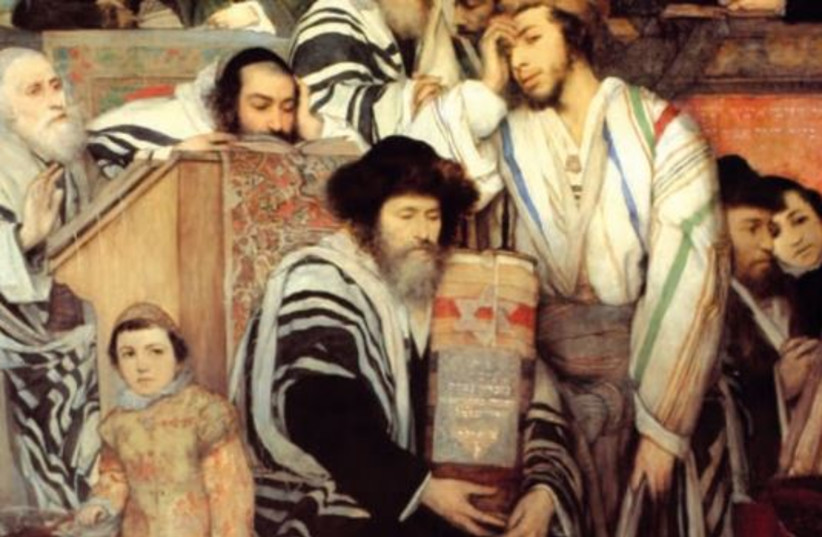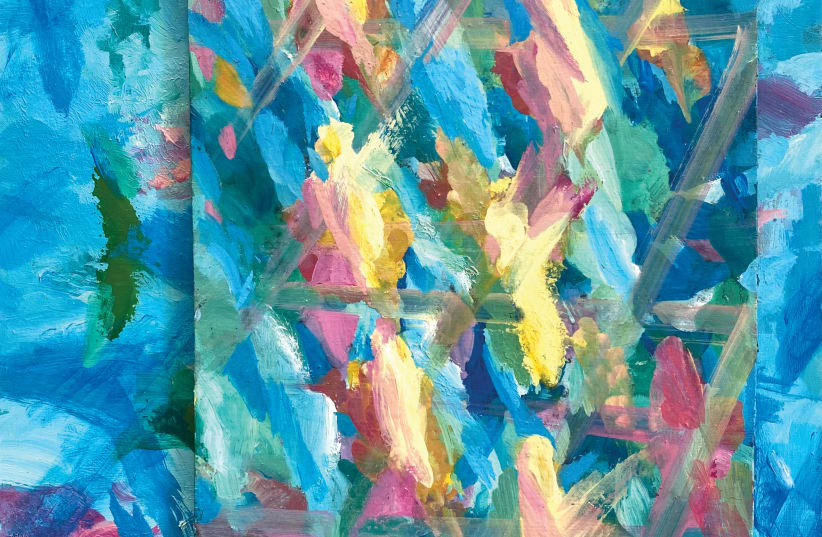The seven-day holiday of Sukkot is followed by the holiday of Shmini Atzeret, a “holy occasion” (Leviticus 23:36) where we do no mundane work. The word “atzeret” is connected to “atzara,” a gathering; thus the Torah calls Shmini Atzeret a “closing assembly” (Numbers 29:5). But Shmini Atzeret can also be translated as “eighth [day] stop.”
“On the eighth day, a stop it shall be for you.” God asks us to “stop” and celebrate one more day, just us and Him. It is a reflective time to be with God.
In the Jewish tradition, the number eight stands for transcendence, for going beyond nature. According to Rabbi Samson Raphael Hirsch, Shmini Atzeret symbolizes a spiritual transcendence beyond nature, representing the unique relationship between God and His people. It is “a closing gathering for the purpose of retaining and reinforcing the concepts and beliefs expressed in the days of Sukkot, thereby attaining a special relationship with God (the symbol of eight).”
It is a time of “holy stopping.”
But Shmini Atzeret is also Simchat Torah (joy of Torah). Simchat Torah is not mentioned in the Torah, emerging in medieval times, when the second day of the Diaspora holiday began to be celebrated as Simchat Torah and linked to the completion of the year-long cycle of Torah readings.


In the Land of Israel, Simchat Torah takes place on the night of Shmini Atzeret. With its unbridled joy, Simchat Torah forms the climax of the Tishrei holidays, when we hold Torah scrolls and dance to celebrate our relationship with God.
The Rambam writes (Laws of Shofar 8:15) that to experience joy in the fulfillment of a commandment out of the love of God is to touch the spiritual heights: “There is no greatness or honor higher than celebrating before God.”
Touching spiritual heights
The feeling of touching spiritual heights is captured in Yoram Raanan’s painting Ascendance, where the figures seem to be ascending to a more spiritual plane with joy and ecstasy.
In this painting, one canvas is collaged onto another, reflecting the dual nature of this holiday. The painting is built on a contrast between the calming blues that suggest a quiet reflective time, and the fiery figures in yellow tinged with blue and rose which create a dynamic vibration as angel-like shapes ascend upward with strong energy. Intersecting horizontals and diagonals add a suggestion of the Magen David, which symbolizes both ascending and descending energy.
The blues of the painting have a watery feeling. Shmini Atzeret is not only the beginning and the end of the Torah cycle but also the official beginning of the rainy season, when we pray that, for the sake of the Jewish people, God will not hold back water but will “cause the wind to blow and the rain to fall” for blessing, for life, and for plenty.
The abstract angelic figures exert their presence against the cool blue background as if rising in prayer for the rains to descend. The Baal Shem Tov teaches that our prayers said with intention actually create and nourish the angels. The Torah is likened to water.
“Just as water gives life to the world, so the words of Torah give life to the world” (Sifrei, Ekev 48). During the prayer for rain, we have in mind spiritual water, as well as physical water, so that the next year will be blessed with Torah.
In mindfulness meditation, there is a practice called STOP: “S” for stop; “T” for take a breath; “O” for observe, be aware of your internal and external world; and “P” for proceed. On Shmini Atzeret/Simchat Torah, we can proceed to pray or to meditate on our relationship with the Torah and with God and dance!
On this blessed holiday, may we stop, reflect, and feel ourselves touching spiritual heights. And may we dance with high-spirited singing, praying for life, for blessings, and for plenty.
The writer is the author of The Art of Revelation: A Visual Encounter with the Jewish Bible, a commentary on the paintings of her husband, Yoram Raanan. She is also a teacher of Jewish meditation.
